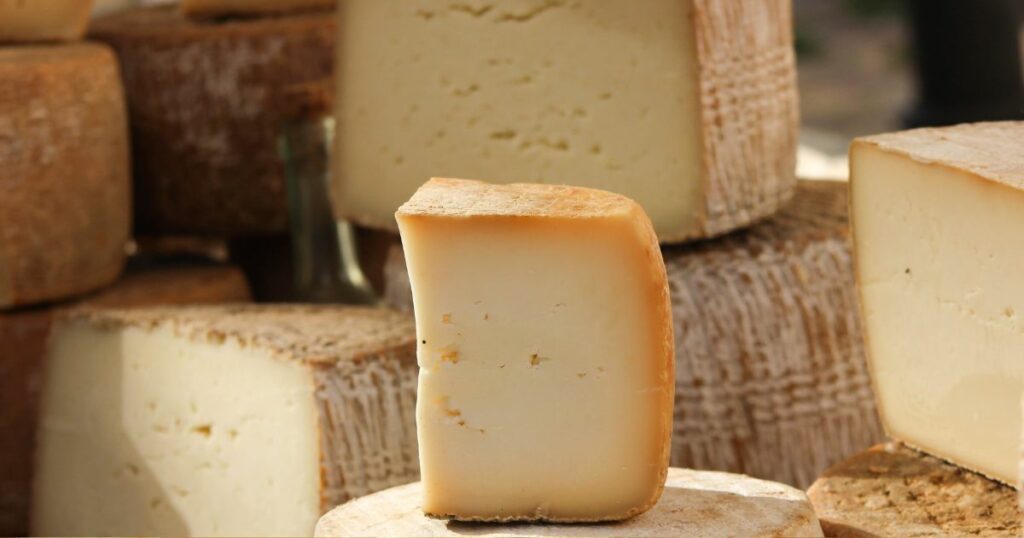🇮🇹 From Italy:
Parmigiano-Reggiano, considered “The King” of Italian Cheeses
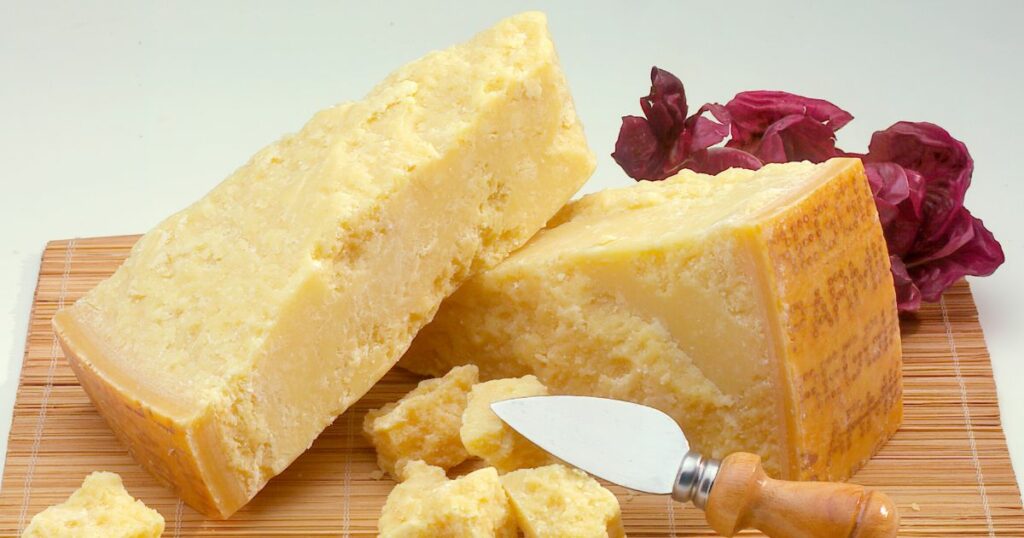
Parmigiano-Reggiano is an iconic hard cheese hailing from the Emilia-Romagna and Lombardy regions of Italy. Often referred to as the “King of Cheeses,” it is made from partially skimmed cow’s milk and aged for a minimum of 12 months, with many wheels maturing for 24 to 36 months. Parmigiano-Reggiano boasts a granular texture and a nutty, savoury flavour that deepens with age. A staple in Italian cuisine, this cheese is perfect for grating over pasta dishes, risotto, and salads or enjoyed on its own with a drizzle of aged balsamic vinegar.
Grana Padano: Italy’s Other Treasure
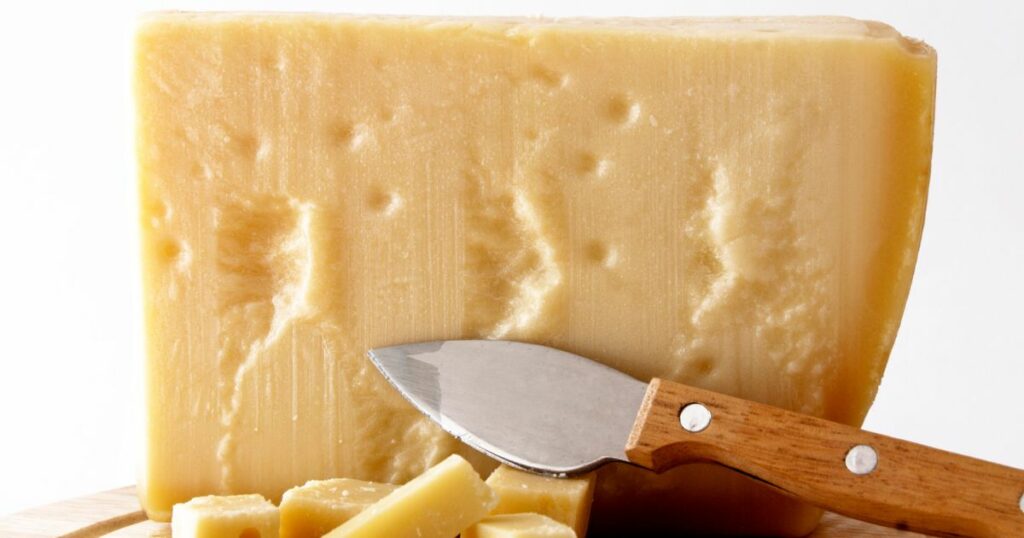
Grana Padano is another iconic Italian hard cheese, similar in taste and texture to Parmigiano-Reggiano but with a slightly milder flavour. Produced in the Po River Valley in Northern Italy, Grana Padano is made from partially skimmed cow’s milk and aged for a minimum of 9 months, with some wheels maturing for over 20 months. Grana Padano has a grainy, crumbly texture and a nutty, savoury taste that works well in a variety of dishes, including pasta, risotto, and salads. It can also be enjoyed as part of a cheese platter, accompanied by fruits, nuts, and a glass of Italian red wine.
Pecorino Romano: Ancient Rome’s Legacy
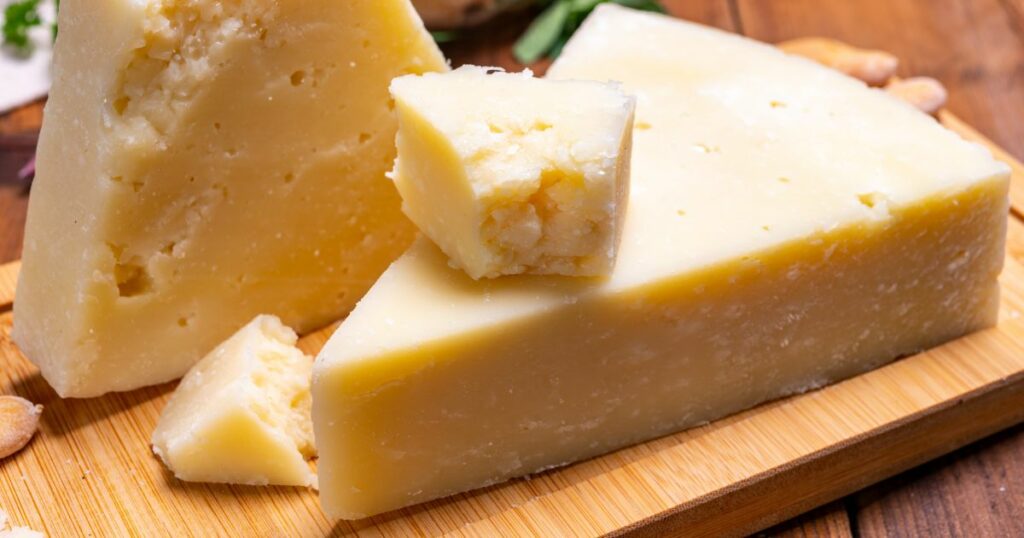
Pecorino Romano is a hard, salty Italian cheese made from sheep’s milk, dating back to the times of the Roman Empire. Hailing from the Lazio, Sardinia, and Tuscany regions, Pecorino Romano is aged for a minimum of 5 months, resulting in a crumbly texture and a sharp, tangy taste. This cheese is an excellent grating cheese, often used in pasta dishes, soups, and salads. It can also be enjoyed as part of a cheese platter, paired with olives, cured meats, and a bold Italian red wine.
🇳🇱 From the Netherlands: Gouda, a Dutch Masterpiece
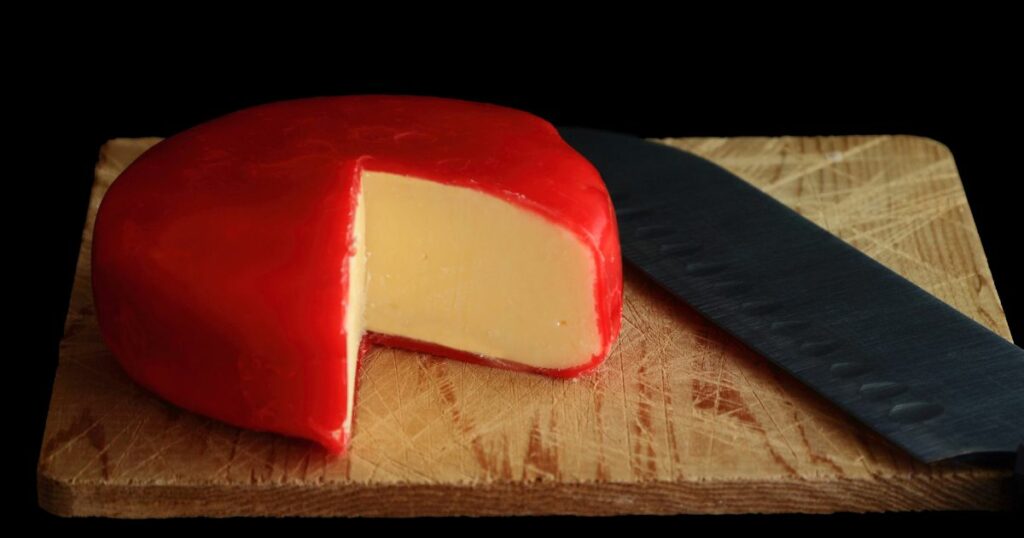
Originating from the Netherlands, Gouda is a semi-hard to hard cheese made from cow’s milk. Its age determines the firmness and flavour profile, with younger Gouda being mild and creamy, while aged Gouda becomes harder, crumblier, and develops a more robust, caramel-like taste. Aged Gouda, or “Oud Gouda,” is typically matured for 12 to 36 months, resulting in a dense, amber-hued cheese with a complex, nutty flavour. Gouda is a versatile cheese that pairs well with fruits, crackers, and a variety of beverages such as beer, wine, and port.
🇪🇸 From Spain: Manchego: Spain’s Signature Cheese
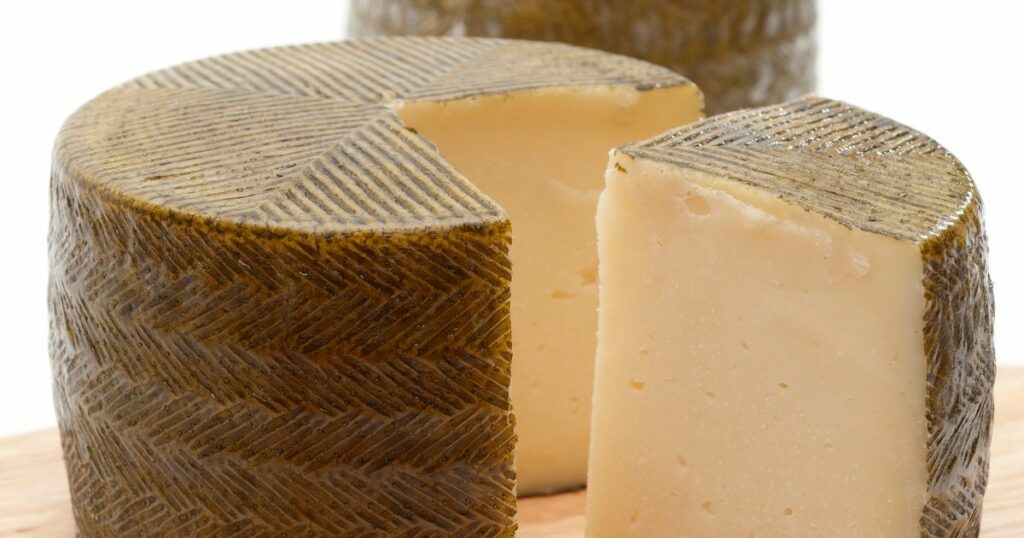
Manchego cheese hails from the La Mancha region of Spain and is made exclusively from the milk of Manchega sheep. This hard cheese is aged anywhere from 60 days to 2 years, with its flavour evolving from mild and creamy to intense and tangy as it matures. Manchego boasts a buttery, slightly crumbly texture with notes of nuts and caramel. It is often enjoyed with Spanish cured meats, olives, and a glass of bold Spanish wine, making it an essential component of any Spanish tapas spread.
🇬🇧 From Great Britain: Cheddar: A British Classic
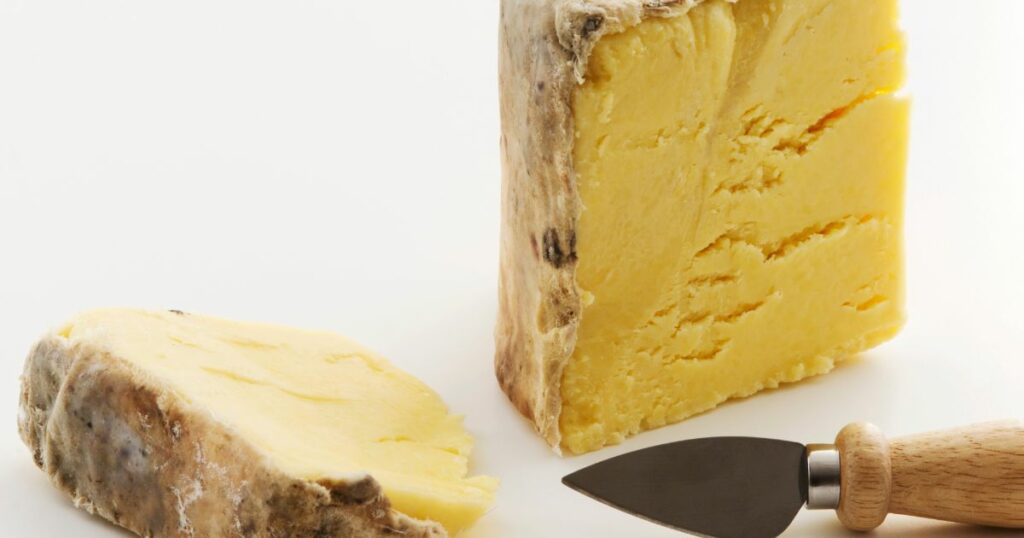
Originating from the village of Cheddar in Somerset, England, Cheddar cheese is one of the most popular hard cheeses globally. Made from cow ‘s milk, this firm and crumbly cheese has a diverse range of flavours and textures based on its ageing process. Younger Cheddar cheeses are milder and smoother, while mature Cheddar (aged for over a year) boasts a sharp, tangy taste and a more crumbly texture. Cheddar is an incredibly versatile cheese, used in dishes such as sandwiches, macaroni and cheese, and cheese platters or enjoyed on its own with crackers or fruit.
🇨🇭 From Switzerland: Swiss Emmental: A Cheese with Character
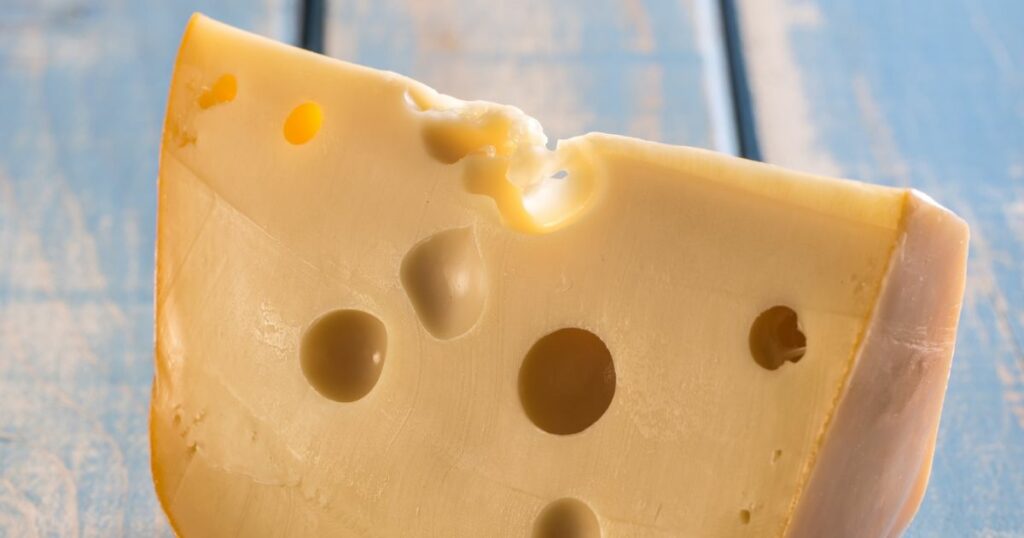
Emmental, also known as Swiss cheese, is a hard cheese originating from the Emmental region of Switzerland. Made from cow’s milk, this cheese is characterized by its distinctive holes, or “eyes,” formed by carbon dioxide gas released by bacteria during the fermentation process. Emmental has a pale yellow colour and a slightly sweet, nutty flavour that pairs well with fruits, cured meats, and crusty bread. It is a popular choice for melting in dishes like fondue and grilled cheese sandwiches.
🇫🇷 From France:
Comté the Alpine Gem
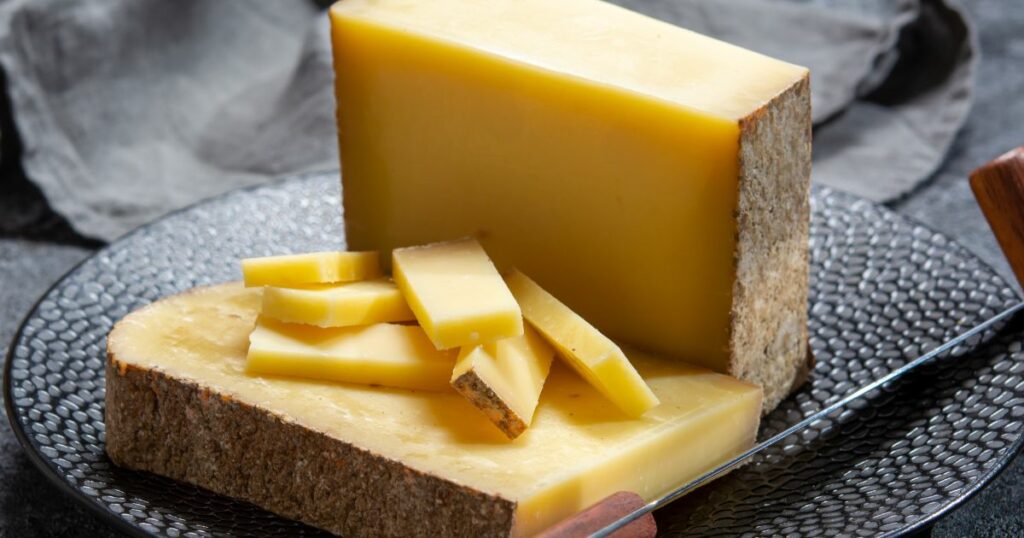
Comté is a French hard cheese produced in the Jura Massif, a mountainous region in Eastern France. Made from raw cow’s milk, this cheese is aged for a minimum of 4 months, with some wheels maturing for over 24 months. Comté boasts a firm yet supple texture and a complex flavour profile that includes notes of nuts, caramel, and mild fruity undertones. This cheese is a popular choice for melting in dishes like fondue and croque monsieur or enjoyed on its own with a glass of French white wine.
Mimolette: France’s Vibrant Delight
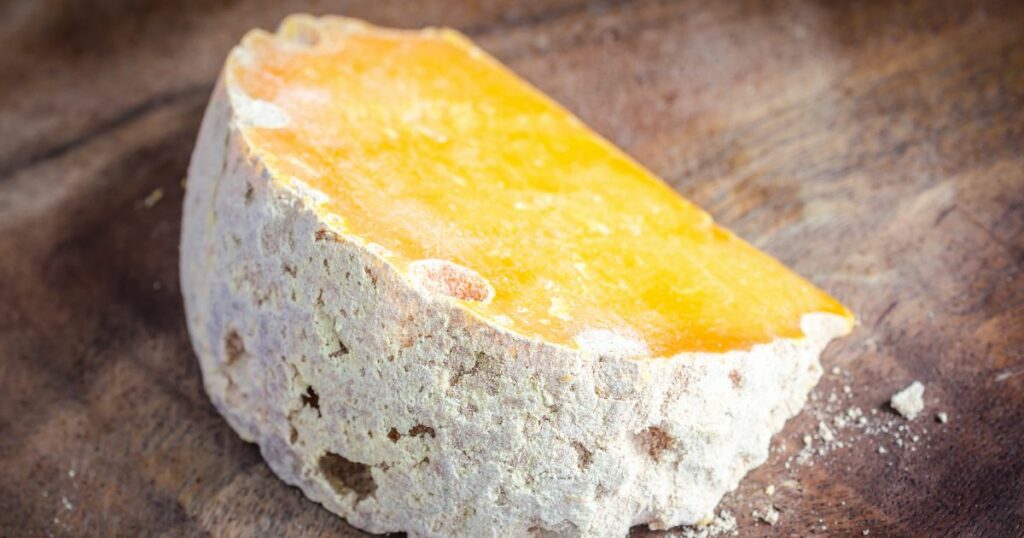
Mimolette is a unique French hard cheese with a vibrant orange colour and a round, cannonball-like shape. Originally created in the 17th century as a French alternative to Dutch Edam, Mimolette is made from cow’s milk and aged for a minimum of 6 months, with some wheels matured for up to 24 months. This cheese has a firm, brittle texture and a nutty, slightly sweet flavour that becomes more intense as it ages. Mimolette is a visually striking addition to any cheese platter and pairs well with fruits, nuts, and a crisp French cider.
Conclusion:
Hard cheeses offer a world of diverse flavours, textures, and culinary applications. From the nutty, crumbly Parmigiano-Reggiano to the tangy, salty Pecorino Romano, these global treasures have been honed by centuries of tradition and expertise. Whether you’re a seasoned cheese connoisseur or just beginning your journey into the world of cheese, exploring these hard cheeses from around the world is a delightful and delicious adventure.
𐡸 𐡸 𐡸 𐡸 𐫱 𐡷 𐡷 𐡷 𐡷
Frequently asked questions
A hard cheese is a type of cheese characterized by its firm, dense texture and relatively low moisture content. Hard cheeses are typically aged for extended periods, ranging from several months to several years, which contributes to their distinctive flavours and textures. Examples of hard cheeses include Parmigiano-Reggiano, aged Gouda, Cheddar, and Manchego. They are often used for grating, shaving, or crumbling and can be enjoyed in various culinary applications or as part of a cheese platter.
The primary difference between hard and soft cheeses lies in their moisture content and ageing process. Hard cheeses have a lower moisture content and are typically aged for longer periods, resulting in a firmer texture and more intense flavour. Soft cheeses, on the other hand, have a higher moisture content and are usually aged for shorter periods, giving them a creamier, more delicate texture and flavour.
Hard cheeses should be stored in the refrigerator, ideally wrapped in wax paper, parchment paper, or a reusable cheese wrap to allow the cheese to breathe. Avoid using plastic wrap, as it can trap moisture and lead to mould growth. Store the wrapped cheese in a designated cheese drawer or a sealed container to prevent it from absorbing odours from other foods in the refrigerator.
Hard cheeses tend to have lower lactose content than softer cheeses due to the ageing process and lower moisture content. As cheese ages, the lactose in the cheese is broken down into simpler sugars, which can make some aged hard cheeses more tolerable for lactose-intolerant individuals. However, it’s essential to consult with a healthcare professional before consuming cheese if you have lactose intolerance, as individual tolerance levels may vary.
